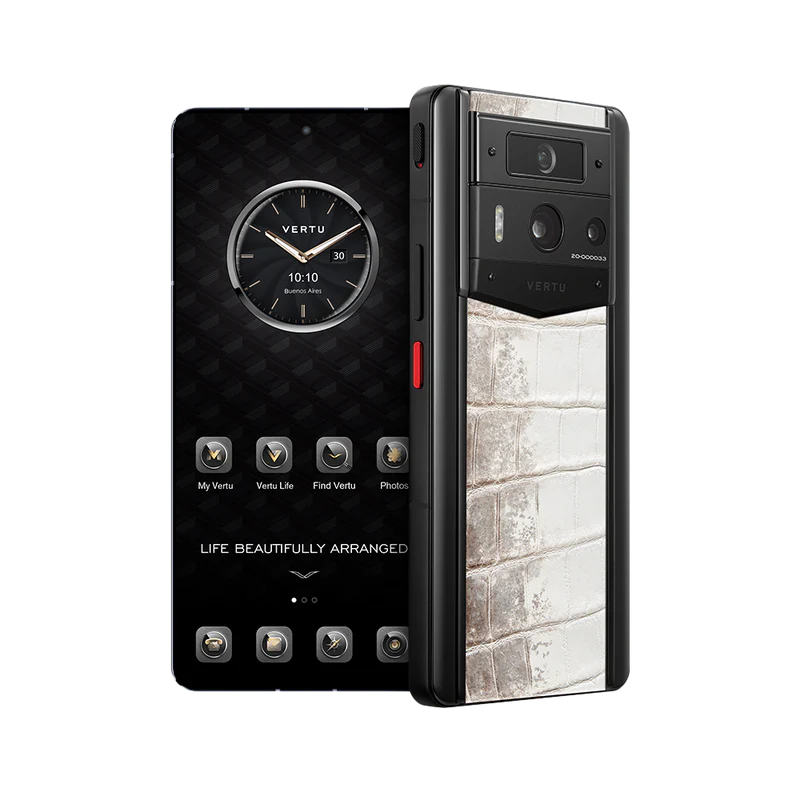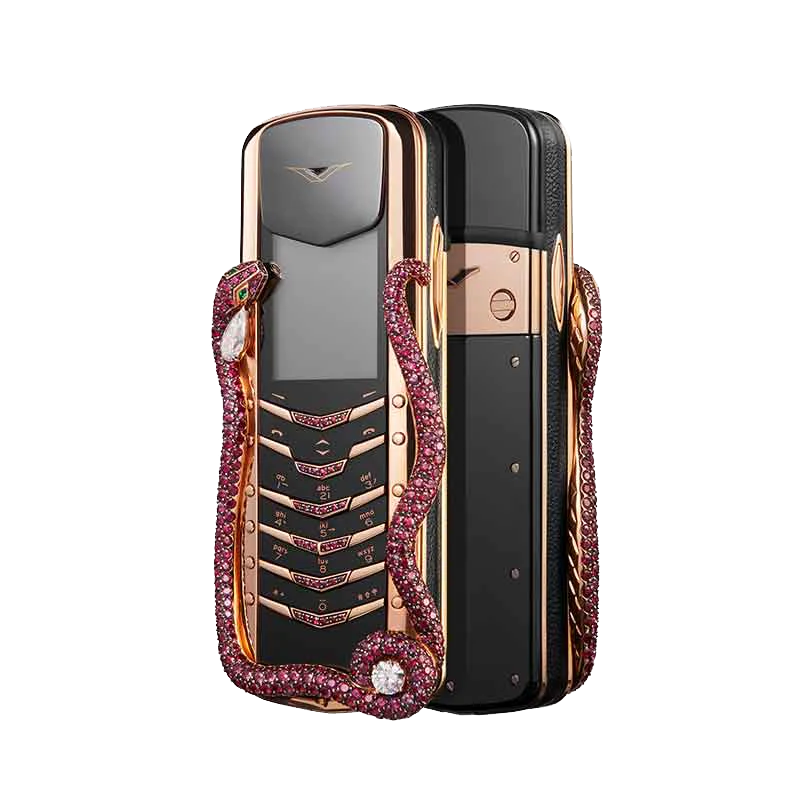Photo Source: Shang Yiyang Design Studio

Oriental Satellite TV’s first home improvement program “Dream Reformer” is the beginning of designer Xie Ke’s well-known to the public. In 2015, he received an invitation for a renovation project from his hometown of Chongqing. The bamboo wall solved the lighting problem in the “mountain house” and transformed the old house in the village into a contemporary new house with five generations living together.
As for Xie Ke’s design style, some describe it as “Japanese-style silence” or “Chinese-style inaction”, and some even point out that there is a shadow of Western modern minimalism in his works. However, as a native of Chongqing, Xie Ke is neither a professional background nor has he ever studied overseas. His exploration of space design stems from his accumulated experience and insights in the busy construction site for more than 20 years.

Photo Source: Shang Yiyang Design Studio
In 2008, Xie Ke established Shang Yiyang Design Studio in Chongqing. From helping friends decorate their homes to building many famous hotel projects such as “going down the mountain” and “going up on the evening”, Xie Ke has always put the needs of the residents first and treated every space as “home.

# Quaint nature
# Is the restoration of life attitude
With rustic white walls and wood retaining the primary colors, the space created by Xie Ke can always give people a sense of tranquility and comfort, so the outside world often uses “simple and natural” to describe his design style.

Photo Source: Shang Yiyang Design Studio
When talking about the formation of style, Xie Ke felt that this was also a true portrayal of his working state. At the beginning of his career, he went to the construction site almost every day to communicate with his master. In order to achieve the desired effect, there is no shortcut, only for every trivial problem, constantly thinking about the materials used, the details presented, and so on. The “simplicity” of doing everything by himself has gradually formed personal habits in the persistence of ten years. Xie Ke has always enjoyed it. “I am still willing to participate in things that are not important and trivial to many people, because I think that is the essence of life.”

Image source: Signyan Design
However, this attitude of not following the tide and having a sincere and simple attitude towards life has also been challenged. When more and more commercial customers find Xie Ke to do design, some real estate developers even suggest that he directly refer to some popular new trends. Xie Ke said frankly that he had been shaken in his heart, but after careful consideration, he found that under the so-called “new trend”, the technical difficulty was lacking and the core was empty.
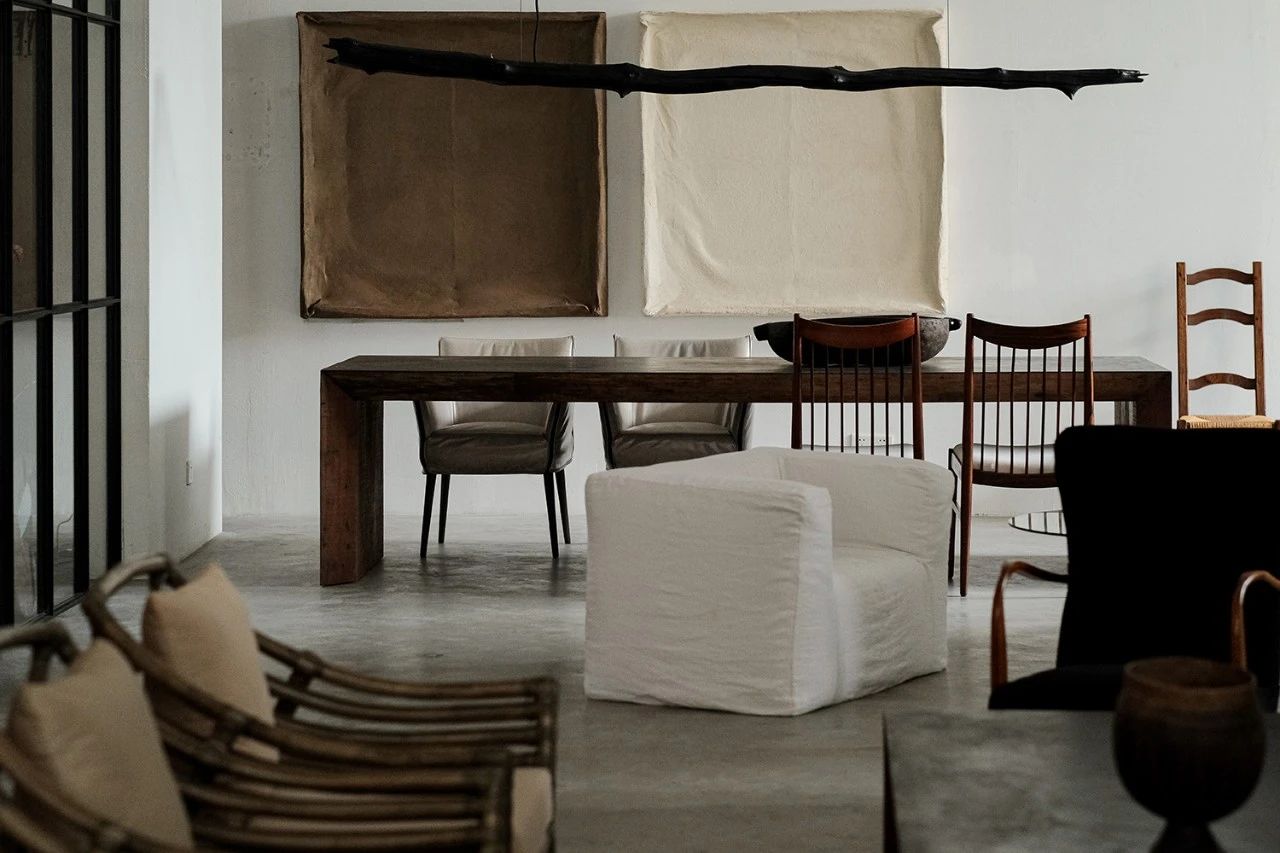
Photo Source: Shang Yiyang Design Studio
With the precipitation of time and the deepening of his understanding of the industry, Xie Ke is more and more convinced that being happy with the content he outputs is the state that designers should have. Later, he preferred to take on relatively small projects as a way to find a balance between commercialization and personal persistence.
“The process is really about finding what you really want in your heart. For me, some projects, even if they take a long time, make little money or lose money, at least I am happy. There are too many new projects nowadays, you can only see the ‘plan’ in the physical sense, but not the ‘person’ needs.”
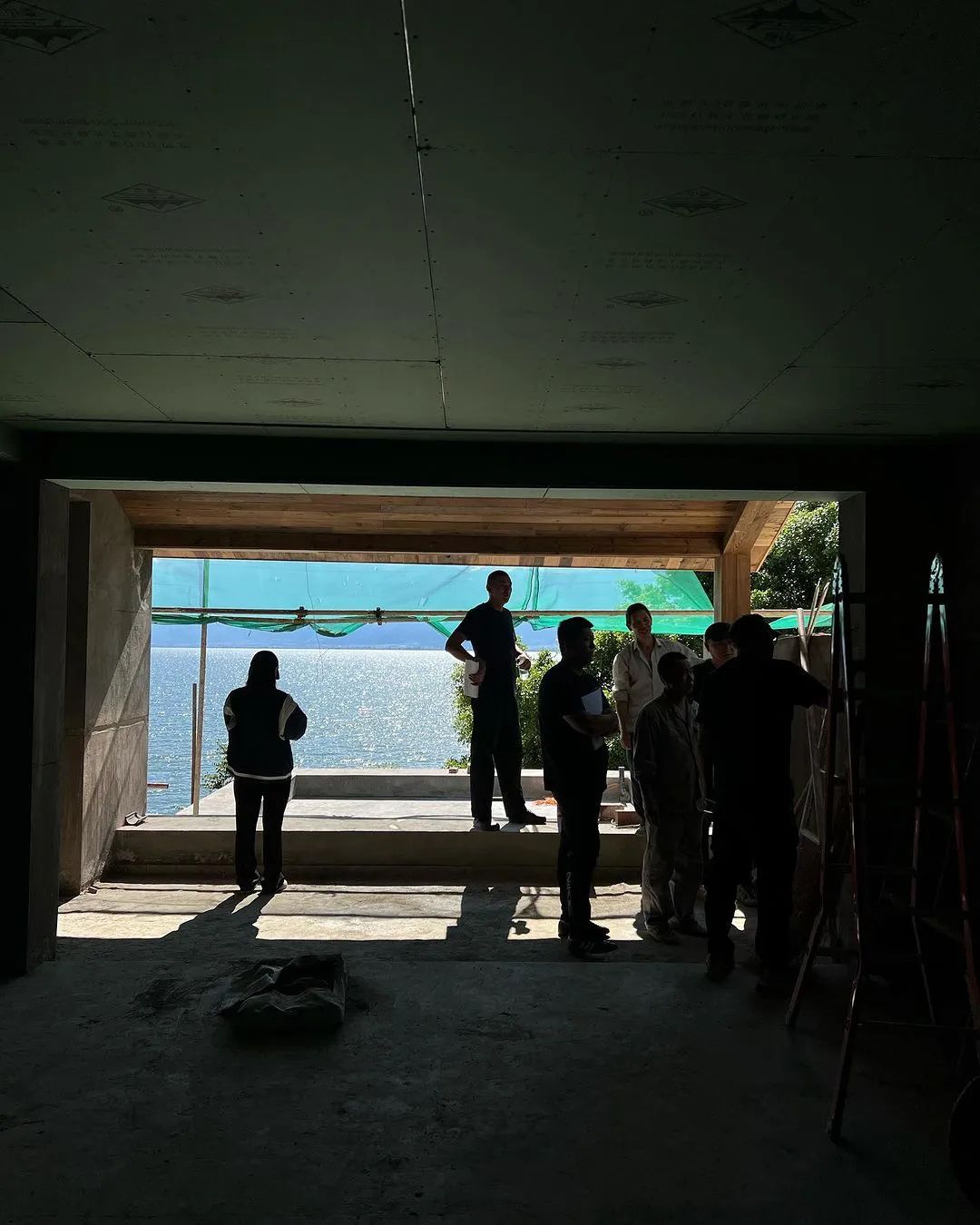
Photo Source: Shang Yiyang Design Studio
In Chongqing, Xie Ke once renovated a small shop “Yan Xi Jia Wei · HOPS CRAFT” for his friends. Its name comes from the shopkeeper’s childhood home, that is, the “Yan Xi Dong” has disappeared in the central district of old Chongqing. The shop mainly sells “Yuan Jia Xiang Zongzi” and other drinks and snacks wrapped by Yuan’s mother. Near the Taping of Guanyin Bridge, the “Yan Xi Jia Wei” embedded in the mottled city wall looks like an old shop in the old days. Two oil paper lanterns at the door echo the square wooden door frame. The internal space is only 30 square meters. The open kitchen is connected with the bar counter composed of only a dozen positions. After sitting down, the cooking fireworks mixed with the lively laughter of the guests, as if to come to a familiar friend’s house for dinner.
Swallow home, happy events come, a small shop carrying memory and temperature, Xie Ke regarded as Chongqing’s “proud work”. Although there are many representative works such as crown coffee and downhill hotels, he always has endless words to say when it comes to the “Yanxi family flavor” that exists in Japanese late-night canteens.

# “Locality” hidden in spatial details”
When Xie Ke talks about his hometown of Chongqing, he also mentions vivid scenes such as hot pot, winding roads, and loud taxi drivers, but he believes that every city is multi-faceted and difficult to use specific words. To summarize, you need to feel the natural environment of the building and the connection between the building and people.
When receiving the invitation from Chongqing’s downhill hotel, Xie ke stood on the old building where the project was located. in front of it were Chongqing landmark buildings such as wanghu guang guild hall, hongyadong and Yuzhong peninsula. nearby, dongshuimen bridge straddles the Yangtze river. behind the house was longmen hao old street full of life atmosphere. There are also three old Huangge trees by the river. Talking with the local people, they are almost 90 years old. They accompany the growth of generations, is to witness the historical changes in Chongqing in the true sense of the “city tree”.

Photo Source: Shang Yiyang Design Studio
“These trees are very much like the character of Chongqing people, the kind of perseverance that grows from the cracks in the mountain city,” Xie Ke said. He described this place as “everything”. The past and present of a city are closely integrated. Together, he continues to reach a farther future under the tide of the Yangtze River. Therefore, he only used one word for the transformation of the project: follow the trend.
Chongqing is composed of three buildings, two of which are the former sites of district-level cultural preservation buildings during the Republic of China, and the other Longmenhao Building 9 follows the old drawings and built three buildings with old bricks and tiles, which greatly retains the original style. The gray stone road and the gray-brown brick wall evoke visitors’ long memories of the city. The furniture ornaments with ancient texture but no lack of modern sense make the combination of ancient and modern feel quietly integrated into the details.
In Xie Ke’s view, the urban characteristics carried by a building space cannot be perceived through pictures or videos on social media. The texture of the space and the taste in the air must be experienced by the residents to perceive the subtle changes in the details. He also took Meri as an example. The team specially customized the guest room door, which is twice as thick as the ordinary door, to restore the heaviness of Tibetan temples and traditional buildings. In addition, inspired by the homes of the residents of the fog-capped villages in the Meri region, he suggested following the habits of the locals and adopting natural light entirely in public areas. “In a place full of natural divinity, one should put one’s posture to the lowest,” he said.

Photo Source: Shang Yiyang Design Studio
In the final analysis, the expression of locality is thinking about how to transform the humanistic and natural characteristics of the city into a spatial language that can be perceived by people, and a comprehensive feeling formed by the superposition of internal artifacts, structures and the whole building. Compared with highly homogeneous and patterned modern architectural projects, Xie Ke prefers renovation. He is willing to spend time understanding the “past and present” of old buildings, communicate with local people, and try to get inspiration from exploring the historical context of a building.
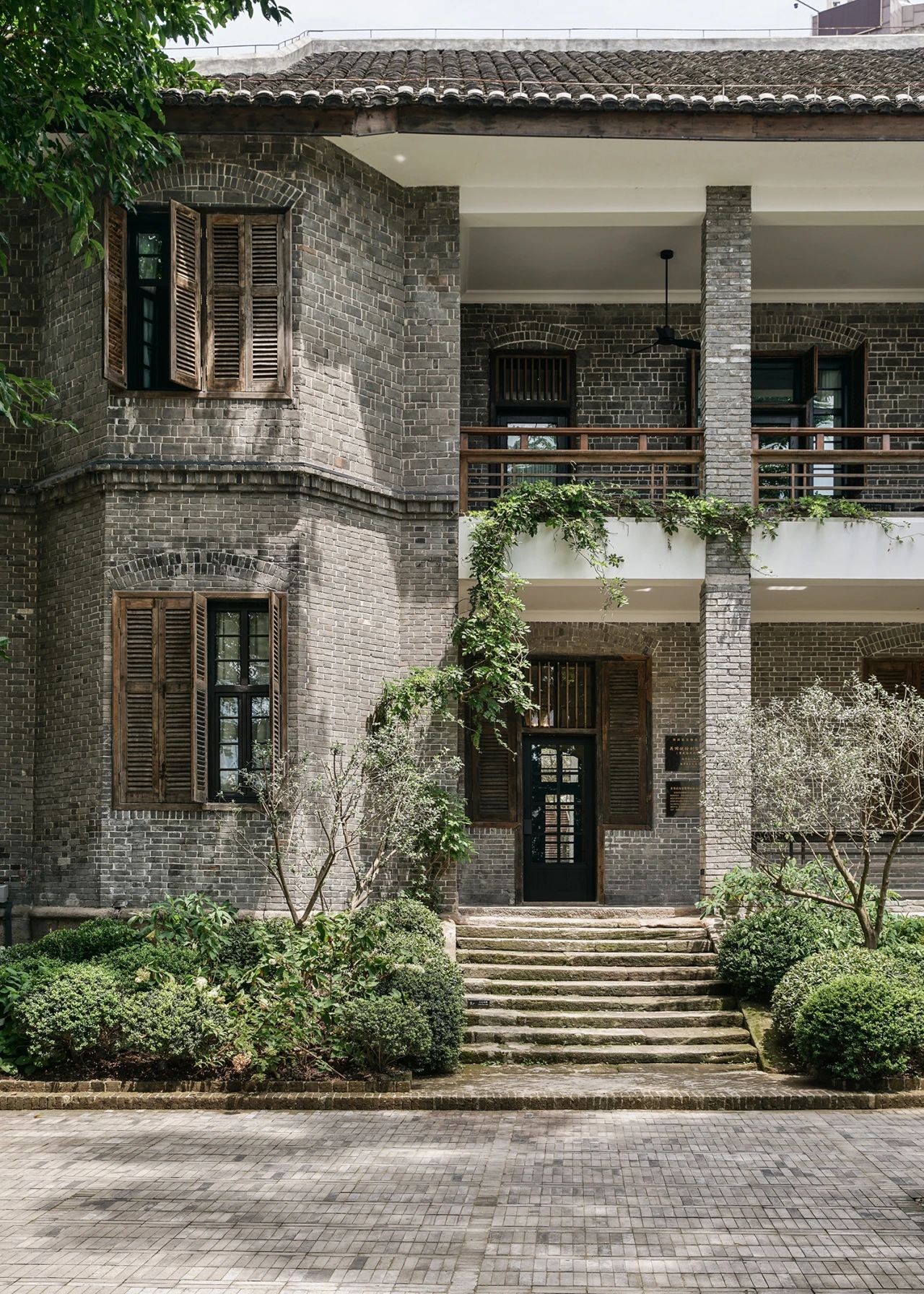
# In multiple “cross-border”
# Get back to the real life
Regarding identity, the “slash” artist seems to be a more accurate generalization of Xie Ke. The seeds of “cross-border” have begun to sprout quietly in his student days. He graduated from the Oil Painting Department of Sichuan Academy of Fine Arts. Because he helped his friends decorate their houses, he often stayed with the construction team and gradually accumulated his knowledge of space, materials and craftsmanship.
At that time, when the Internet was still underdeveloped, Xie Ke mostly taught himself by reading picture albums. Therefore, unlike many architects who have studied abroad, his style and skills are more like a natural growth from the inside out. Three points are derived from his own thinking and exploration, and seven points are the crystallization of his own experience in several years of personal practice.

Image source: Signyan Design
At the end of 2016, Xie Ke opened the first home buyer’s store “One Set” in Jinshan Yiku Park “. He called the birth of the store “a coincidence”, its predecessor was a warehouse, used to pile up many items accumulated leftover furniture accessories. With the increase of things, the area of the warehouse is also expanding. During this period, friends who visited here gave positive feedback, so he transformed it into a shop.
“No one in the whole team has done sales work, nor is it with the exploration of a certain business model. I think opening a store is more about hobbies and the way you treat people,” Xie Ke is glad that Chongqing’s lower rents compared to first-tier cities and the local people who are willing to patiently understand and accept new things have given “One Set” time to grow up slowly. The new store, which opened in Hangzhou in 2020, has become a complex life aesthetic space integrating furniture home buyers, art exhibitions, coffee, wine and plant shops.

Photo Source: Shang Yiyang Design Studio
Xie Ke’s other well-known “cross-border” is the restaurant that has been prepared since 2018. The first “small restaurant on the roof” is opened on the upper floor of Chongqing’s “One Collection. At present, Xie Ke has three extra small restaurants in Chongqing, of which the new gaagaa restaurant in 2020 is also in Jinshan Yiku Park. Under the environment surrounded by green plants, the store still uses Xie Ke’s most commonly used log furniture, rustic pottery and other elements. The name of this shop comes from the transliteration of “meat” called “quack” in Sichuan dialect. It is said that every dish comes from the creative collision between Xie Ke and the chefs.

Photo Source: Shang Yiyang Design Studio
“I think people who can cook are real artists,” Xie Ke summed up the reason for opening the restaurant. “I have a lot of artist friends who cook delicious food. Artistic creation needs sincere state and emotion, and it also comes from life. This is similar to cooking in a sense.”
As to how to understand this connection, he further explained: “Starting from buying a knife to prepare ingredients, the whole process requires the cook to clearly control the amount and proportion of a series of ingredients, and also tests the collaborative work between knives, pots, bowls and other utensils and ingredients. Finally, it is the constant adjustment and polishing of the taste, as well as the integration of family feelings. I have always felt that cooking is a return to the true state, like childhood, put yourself under food and life careful observation.”
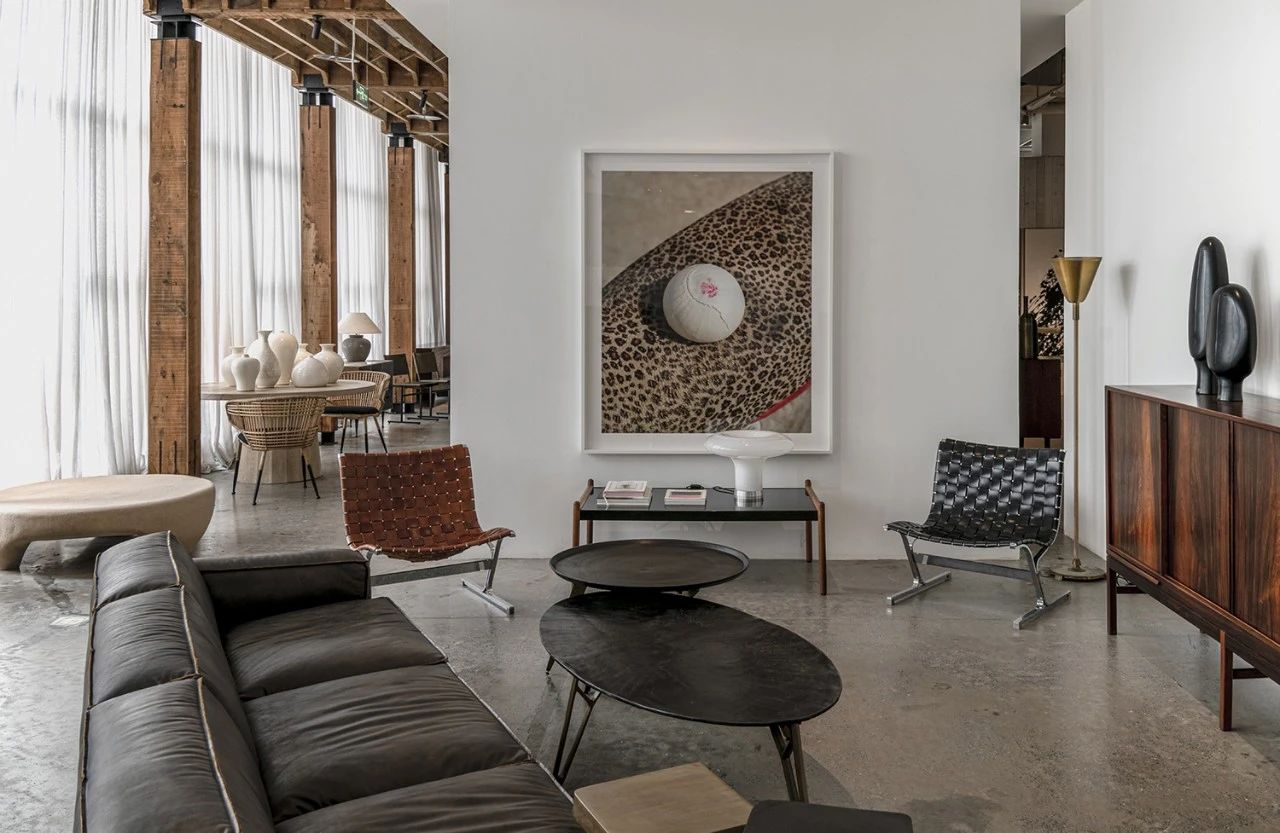
Photo Source: Shang Yiyang Design Studio
In fact, transforming spaces and opening furniture stores and restaurants are all a way for Xie Ke to explore the origin of life, or a confrontation with the rapidly developing technological society. “Everything is too fast, and the emergence of too many new products has made us lose patience. In the age when the older generation grew up, you can feel their inner abundance and attention to life.”
As for whether he will dabble in other fields in the future, Xie Ke said that the first thing is to feel relaxed and happy. “I think all attempts are to abandon impetuousness, feel the essence of life on the surface, and forget what has been forgotten by the changes of the times., Calm down a little bit to feel, and then find it back.”
(Source: Vogue Business)



